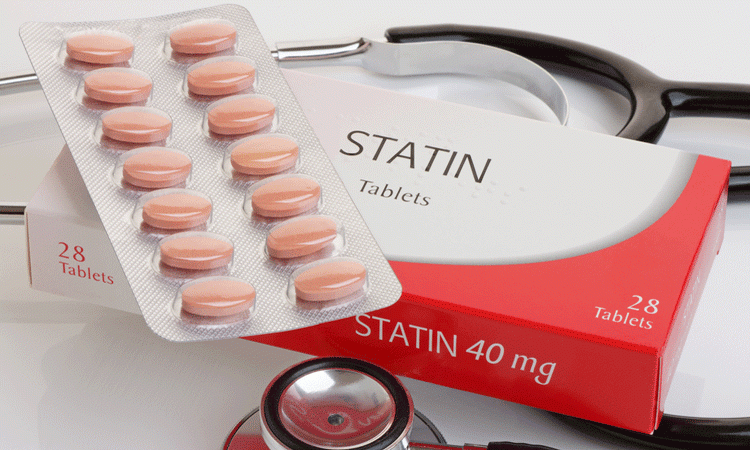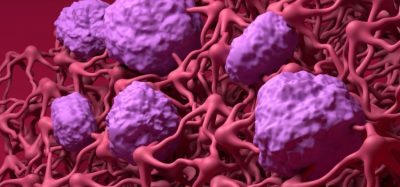Pushing doctors to prescribe cholesterol-lowering statins triples prescription rate
Posted: 3 August 2018 | Iqra Farooq (European Pharmaceutical Review) | No comments yet
Researchers suggest embedding these ‘nudges’ into the electronic healthcare records to fit within the workflow of a doctor…


A clinical trial ‘nudging’ doctors led to three times the number of statins prescribed.
The study, by Penn Medicine researchers, used an online dashboard using two ‘nudges’; one a peer comparison feedback providing physicians with information on their performance relative to other physicians, and the other an active choice framing to prompt physicians to make a decision on prescriptions.
Atorvastatin and simvastatin are two of many cholesterol-lowering statins known to prevent heart attack, strokes and associated deaths. These drugs are relatively inexpensive, with minor side effects. Estimates suggest tens of millions more people should be taking these drugs.
Lead author of the study, and director of the Penn Medicine Nudge Unit, Assistant Professor Mitesh S. Patel said, “health care systems around the country often use patient dashboards to monitor clinical outcomes, but there is little evidence on the best way to engage clinicians to use these dashboards to address gaps in care. We found that nudges which asked clinicians to make an active choice on statin prescriptions and delivered feedback on how each clinician’s performance compared to their peers led to a significant increase in statin prescription rates.”
Prof Patel and the team of researchers have shown the value of nudging strategies in previous work. The concept comes from the field of behavioural economics, about intervening in small subtle ways to improve a decision – in this case for public health benefits.
The trial focused on a population based approach, which may lead to a broader impact.
Ordinarily, care providers identify patients eligible for statin drugs through reviewing records and test results during patient visits. However, in the current climate, this approach has shown limitations.
Some patients visit their doctor infrequently, and others only when there may be other acute issues to discuss, which impedes discussions on preventative measures.
The study included 96 physicians at 32 clinics in the University of Pennsylvania Health System (UPHS) and lasted two months.
The physicians were divided into three groups. One group received an email link for a ‘dashboard’ listing patients who were eligible for statin therapy, but not receiving it. The second group received the same link, with note comparing their prescription rates to other doctors in the relevant specialities at Penn. The third group – a control – received no link and continued to prescribe as they ordinarily would.
Physicians in either group receiving a link were asked to review the list of patients, and prescribe a statin for each, or a reason for not prescribing.
The study found that from the 4,774 patients identified as being eligible, doctors in the control group oversaw 1,566, those in the group receiving the initial link oversaw 1,743 patients and those in the last group (with peer comparison) managed 1,465 patients.
The control group saw 2.6 percent of patients being prescribed, with physicians receiving the initial link prescribing to 6.7 percent of patients and those receiving peer comparison prescribing to 8 percent of patients.
“Health systems often implement new technology without thinking carefully enough about how its design will affect behaviour,” said Professor David Asch, senior author of the study, and executive director of Penn’s Centre for Health Care Innovation.
“Our findings demonstrate that you can take a vexing problem – in this case that physicians often don’t prescribe statins to everyone who should get them – and make a simple change that helps them get back on course. This nudge means fewer strokes and fewer heart attacks.”
Researchers suggest embedding these ‘nudges’ into the electronic healthcare records to fit within the workflow of a doctor.
The study was published in JAMA Network Open.
Related topics
Analytical techniques, Clinical Development, Clinical Trials, Research & Development (R&D)
Related organisations
Penn’s Centre for Health Care Innovation, University of Pennsylvania Health system









